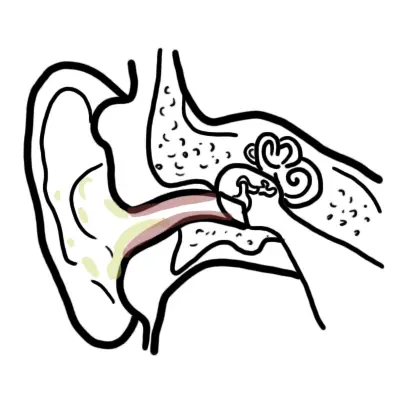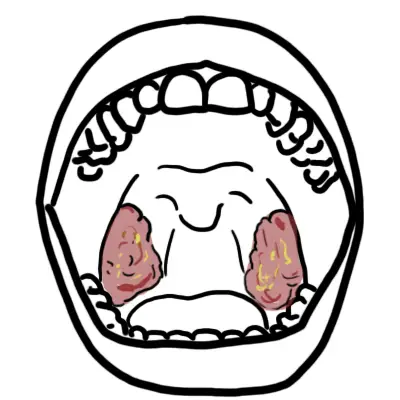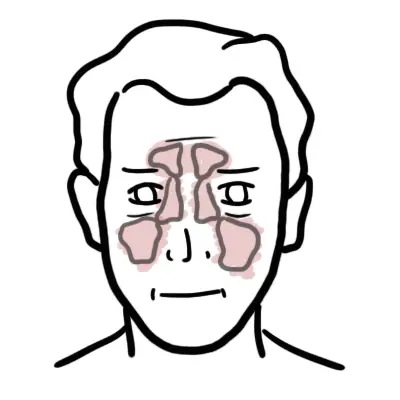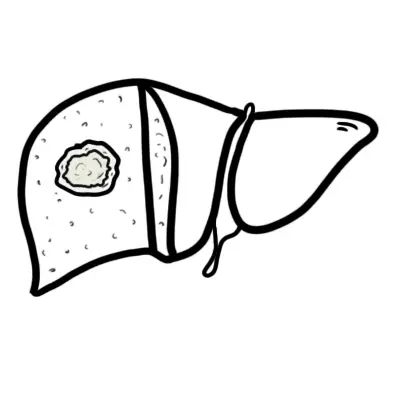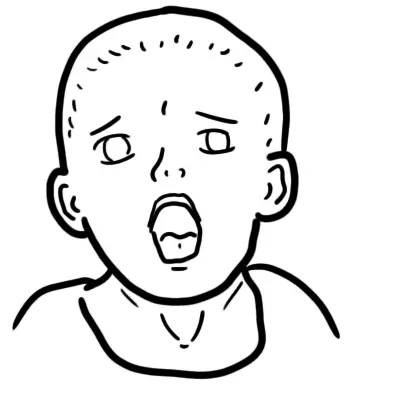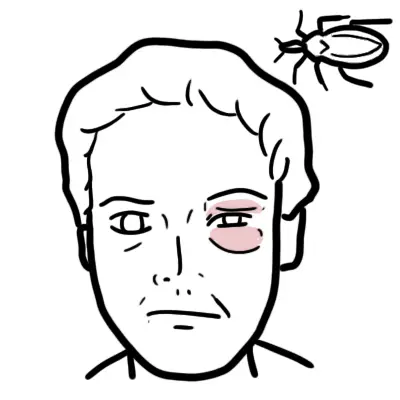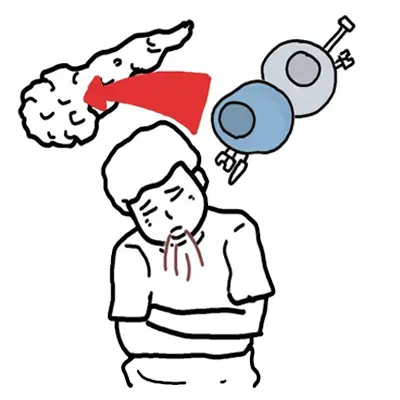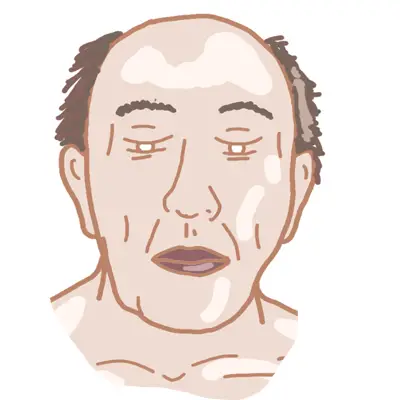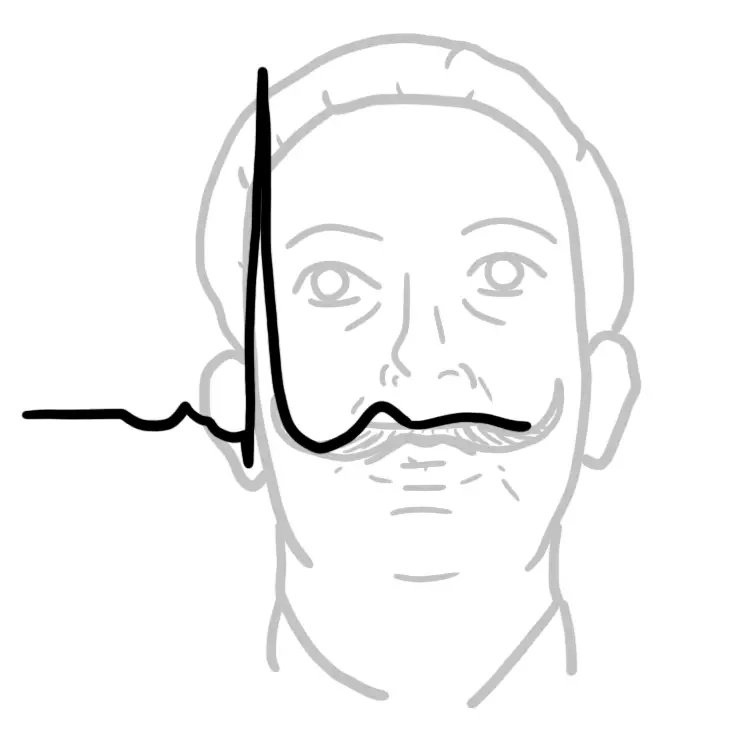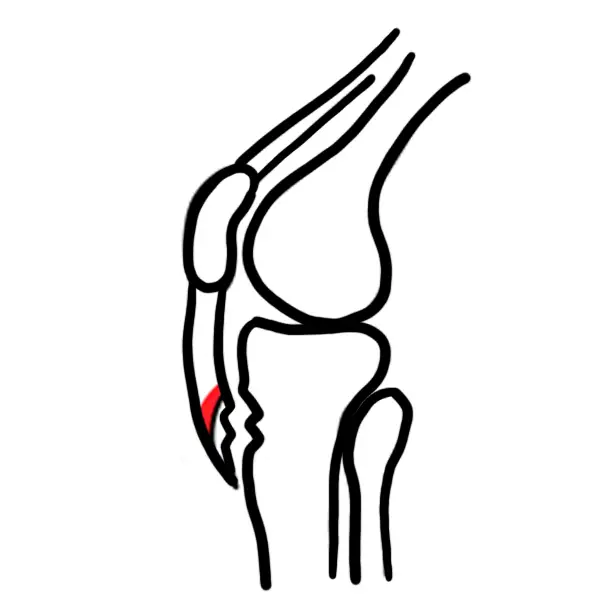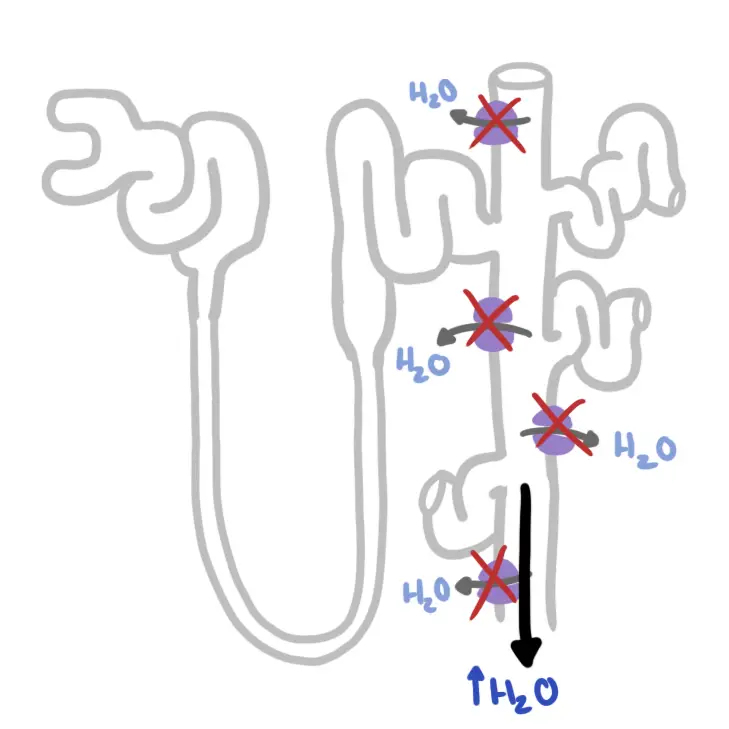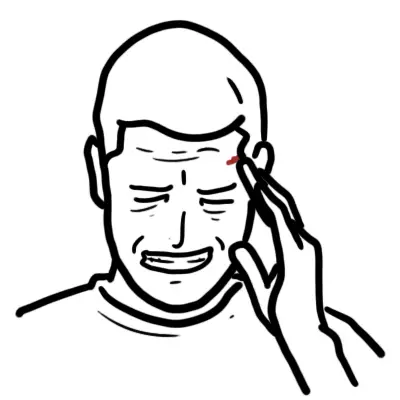Notes »
disease
» Ears Nose Throat Surgery
Otitis Externa
Overview
Overview Acute otitis externa (AOE) is a common ear condition seen in the primary health care setting. Also known as ‘swimmer’s ear’ or ‘tropical ear’, it is prevalent in hot humid climates. AOE is an inflammatory condition of the ear canal skin. The causes are infective or non-infective.
| Definition Otitis externa: Inflammation of the outer ear canal, often due to bacterial or fungal/ yeast infection. Otitis externa may occur in isolation, or can be associated with AOM and perforation of the tympanic membrane. Acute Otitis Media Acute inflammation of the middle ear characterised by otalgia, bulging tympanic membrane and erythema +/- perforation and otorrhoea Otitis Media with effusion (Glue Ear): Also known as serous otitis media characterised by fluid in the middle with without symptoms or sign of acute inflammation of ear. |
| Remember AOE usually results from excessive exposure to heat and moisture and is usually very painful. Treatment involves cleaning, keeping area dry and topical antibiotics |
Anatomy
| Nerve | Supply |
| Great auricular (C2, C3) | Cranial surface of auricle and the lower part of the lateral surface of auricle |
| Auriculotemporal branch of the trigeminal nerve | Upper part of the lateral surface and most of the meatal skin |
| Facial nerve | Posterior–inferior portion of the external ear canal and adjacent tympanic membrane |
| Glossopharyngeal nerve tympanic branch | Mucosal surface of tympanic membrane |
| Vagus – auricular branch ‘Arnold’s nerve’ | Supplies small areas of skin on the cranial auricular surface, posterior wall and floor of the meatus and adjoining part of the tympanic membrane |
Classification
| Classification of otitis externa | ||
| Infective | Bacterial | Acute diffuse |
| Acute localised furunolosis | ||
| Chronic | ||
| Fungal | Otomycosis | |
| Viral | Herpes zoster oticus | |
| Necrotising (Bacterial/fungal) | Malignant | |
| Non-infective | Dermatitis | Seborrhoeic |
| Atopic-eczematous | ||
| Psoriasis | ||
Risk Factors
- Water exposure
- Wax
- Dermatological
- Trauma
- Anatomical
- Localised ear disease
- Systemic disease - Diabetes, immunocompromised
- Radiotherapy
- Assistive hearing devices
Signs and Symptoms
Clinical presentation
- Otalgia/pain
- Oedema
- Erythema
- Otorrhoea
- Debris in the canal
- Itchiness
- Hearing loss
Diagnosis
- Rapid onset <48 hours in the past 3 weeks
- Signs of ear canal infection
- Symptoms of ear canal infection
Differential Diagnosis
- Acute otitis media
- Chronic otitis externa
- Chronic suppurative otitis media
- Contact dermatitis
- Eczema
- Furunculosis
- Ramsay hunt syndrome
| Ramsay hunt Syndrome Herpetic ulcers in canal; may have facial numbness/paralysis, severe pain, loss of taste (caused by herpes zoster - shingles) |
Investigations
Pneumatic otoscopy
Aetiology
AOE is an inflammatory condition of the ear canal skin. The causes are infective or non-infective.
Infective
- Viral otitis externa
- Fungal otitis external (otomycosis)
- Acute locatlised otitis externa (furnculosis)
- Acute diffuse otitis externa
Non - Infective
- Seborrhoeic dermatitis
- Atopic dermatitis
Management
- Paracetamol
- NSAIDs
- Opioid
- Swab for micobiology, culture and sensitivity
- Ear toilet
- Topical antibiotics + steroids
Prevention
- Earplugs while swimming
- Hair dryers on the lowest settings
- Head tilting to remove water from the ear canal
- Avoidance of self-cleaning or scratching the ear canal.
Complications and Prognosis
Complications
- Mastoid osteomyelitis (nectrotising otits externa)
- Cranial nerve palsy - facial nerve
Prognosis
- Most patients will experience considerable improvement in symptoms after one day of treatment.
- If there is no improvement within 48 to 72 hours, physicians should reevaluate for treatment adherence, misdiagnosis

